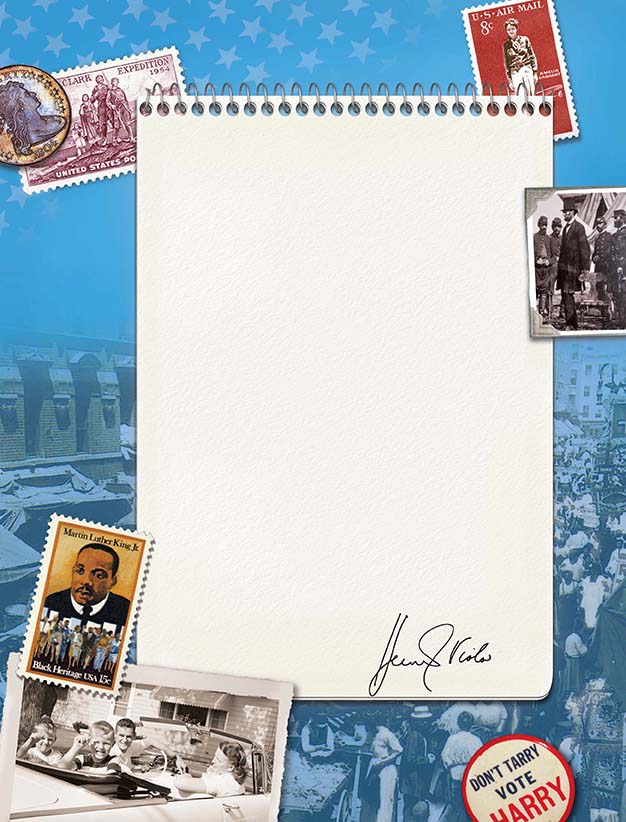Reflections: Seeds of Change
When Christopher Columbus splashed ashore onto a Caribbean island in 1492, he did not know that he was at the doorstep of two continents unknown to Europeans. Nor could the people who welcomed him have anticipated the global consequences of their initial encounter. The world was on the brink of the “Columbian Exchange.”
Sometimes deliberately and sometimes accidentally, Columbus and those who followed in his footsteps moved plants, animals, and diseases throughout the world. Like pebbles thrown into a pond, the effects of these “seeds of change” rippled around the world.
Effects were both widespread and unpredictable. Sugar production, introduced by the Europeans in the Americas, triggered a long-lasting impact on the landscape. Because it was so labor intensive, sugar production also spawned the transatlantic slave trade. Although on average it cost the life of one enslaved person to produce one ton of sugar, enslaved people not only made the production of sugar highly profitable for plantation owners but also displaced Indians as the dominant ethnic group in the Caribbean. Diseases for which the Native Americans had no natural immunity took their toll.
Ironically, despite the fact that millions of Africans were ripped away from their homelands, the population of Africa did not decrease. Europeans had introduced corn from the Americas to Africa as a cheap means of feeding enslaved peoples who would then be transported to work on American plantations. The increased food supply supported a population explosion on the African continent.
The introduction of the American potato to Europe had a similar result. The climate of Ireland was ideally suited to its production, and increasingly the Irish came to depend on the potato as a significant source of nutrition.
Seeds of change continue to be planted, but they now take root more quickly and sometimes as alien species that endanger the environment. The challenge of 1492 was to conquer vast unknown worlds and exploit their riches. Today’s challenge is to manage and sustain the gifts of our one shrinking world.





